Agra, India is home to several important Mughal-era landmarks, including the Taj Mahal, Agra Fort, and Itmad-ud-Daula. These landmarks are known for their impressive architecture and offer a glimpse into the rich history and culture of India and are well worth a visit for anyone interested in learning more about this fascinating country.
The Taj Mahal
The Taj Mahal is a breathtakingly beautiful mausoleum located in Agra, India. Built by the Mughal Emperor Shah Jahan in memory of his beloved wife, Mumtaz Mahal, this iconic landmark is a testament to the enduring power of love, and and is considered one of the most beautiful buildings in the world.
The Taj Mahal is made of white marble and is adorned with intricate carvings and inlaid with precious stones. Visitors can marvel at the symmetry of the building, which is perfectly balanced on all sides. The main dome of the Taj Mahal is surrounded by four smaller domes, and the entire structure is surrounded by formal gardens.
Despite its age, the Taj Mahal remains in excellent condition and continues to attract millions of visitors each year. In 1983, it was declared a UNESCO World Heritage Site, and it has since become one of the most popular tourist destinations in India, and attracts millions of visitors each year.
Agra Fort
Agra Fort is a historic fort located in Agra, India. It was built by the Mughal Emperor Akbar in the 16th century and served as the primary residence of the Mughal Emperors for nearly a century. The fort is made of red sandstone and is surrounded by a moat. It is located on the banks of the Yamuna River and is about 2.5 kilometers northwest of the Taj Mahal.
The Agra Fort is a UNESCO World Heritage Site and is one of the most visited tourist attractions in India. It is known for its impressive architecture and is an excellent example of Mughal-style design. The fort is divided into a number of different sections, including the Diwan-i-Am, the Diwan-i-Khas, and the Jahangiri Mahal. The Diwan-i-Am is a hall where the Mughal Emperor would meet with commoners, while the Diwan-i-Khas is a hall where the Emperor would meet with nobles. The Jahangiri Mahal is a palace where the Mughal Emperor's wife, the Jahangiri Mahal, would reside.
The Agra Fort also contains a number of other interesting features, including the Musamman Burj, a octagonal tower where the Mughal Emperor Shah Jahan was held captive by his son Aurangzeb. The fort also contains a number of temples, including the Moti Masjid, a mosque made of white marble, and the Nagina Masjid, a mosque reserved for the women of the royal household.
In addition to its historical and architectural significance, the Agra Fort is also an important cultural site. It is a popular place for visitors to learn about the history and culture of India and the Mughal Empire.
Itmad-ud-Daula
Itmad-ud-Daula, also known as the Baby Taj, is a mausoleum located in Agra, India. It was built in the late 17th century by Nur Jahan, the wife of the Mughal Emperor Jahangir, and is considered an important example of Mughal-style architecture. The mausoleum is made of white marble and is adorned with intricate carvings and inlaid with precious stones. It is located on the eastern bank of the Yamuna River, across from the Taj Mahal.
The Itmad-ud-Daula is known for its intricate and detailed design, which includes a number of elements that were later incorporated into the design of the Taj Mahal. The mausoleum is set within a formal garden and is surrounded by a number of smaller buildings, including a mosque and a number of guest houses.
Inside the mausoleum, visitors can see the tombs of Nur Jahan's father and husband, as well as her own tomb. The tombs are adorned with beautiful carvings and inlaid with precious stones. The walls of the mausoleum are also decorated with a number of intricate frescoes and paintings.
Despite its smaller size, the Itmad-ud-Daula is considered an important landmark in Agra and is well worth a visit for anyone interested in the history and culture of India. It is a popular tourist destination and attracts many visitors each year.
Fatehpur Sikri
Fatehpur Sikri is a city located in the Agra District of the Indian state of Uttar Pradesh. It was founded in the 16th century by the Mughal Emperor Akbar and served as the capital of the Mughal Empire for a brief period of time. The city is known for its impressive architecture and is a UNESCO World Heritage Site.
Fatehpur Sikri is located about 40 kilometers west of Agra and is easily accessible by road. The city is known for its well-preserved palaces and other buildings, which are excellent examples of Mughal-style architecture. Some of the most notable landmarks in the city include the Buland Darwaza, a massive gateway that was built to commemorate Akbar's victories; the Panch Mahal, a five-story palace that was used by the royal women; and the Diwan-i-Khas, a hall where Akbar would meet with nobles.
In addition to its palaces and other buildings, Fatehpur Sikri is also home to a number of temples and other religious sites. These include the tomb of the Sufi saint Salim Chishti, who is believed to have had the power to grant wishes, and the Jama Masjid, a large mosque that was built by Akbar.
Fatehpur Sikri is a popular tourist destination for those interested in the history and culture of India. Visitors can explore the city's many landmarks and learn about the Mughal Empire and its role in Indian history.
The Mughal Empire, which ruled India from the 16th to the 19th century, left a lasting legacy on the country's architecture, art, and culture. Agra, with its rich history and abundance of Mughal-era landmarks, is an excellent place to explore the legacy of the Mughal Empire. Visitors to the city can learn about the history of the Mughals and the impact that they had on India's culture and society. Whether you are interested in history, architecture, or art, there is something for everyone to enjoy in Agra.

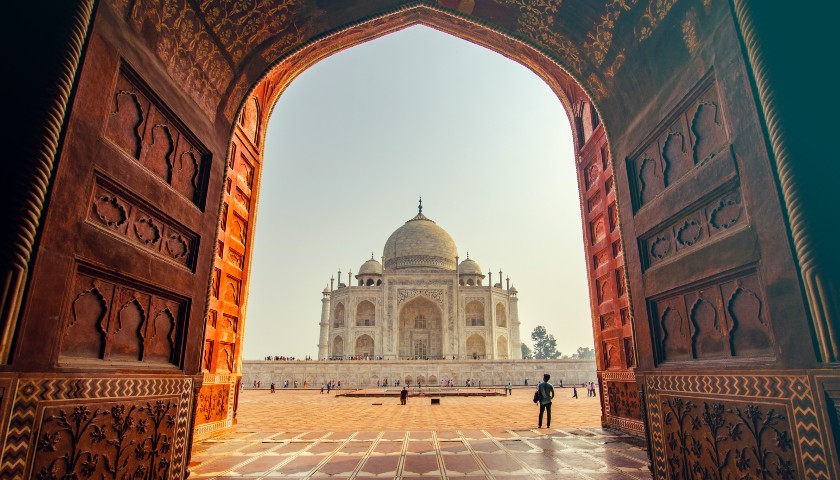
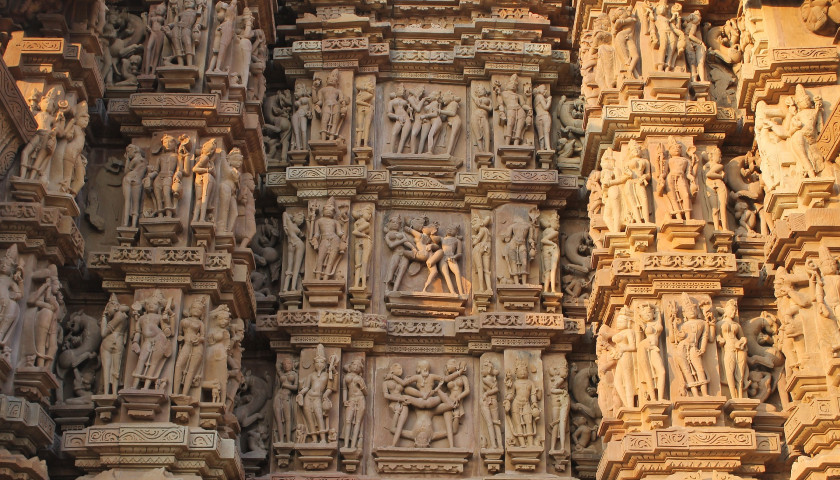
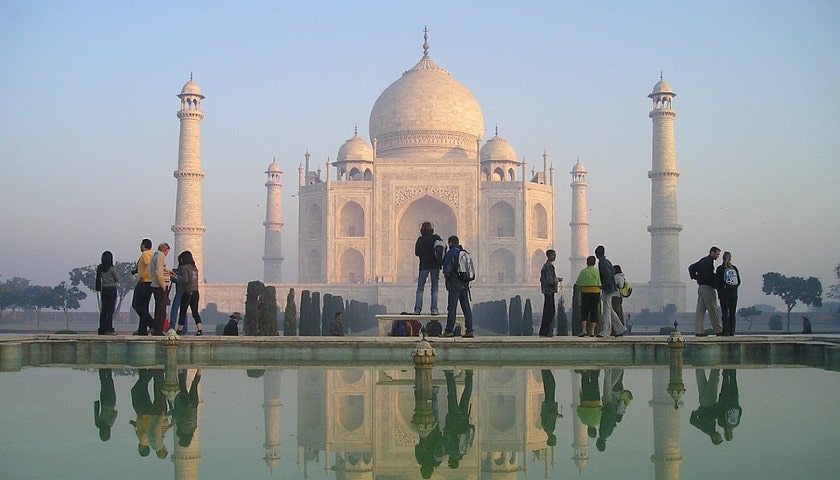
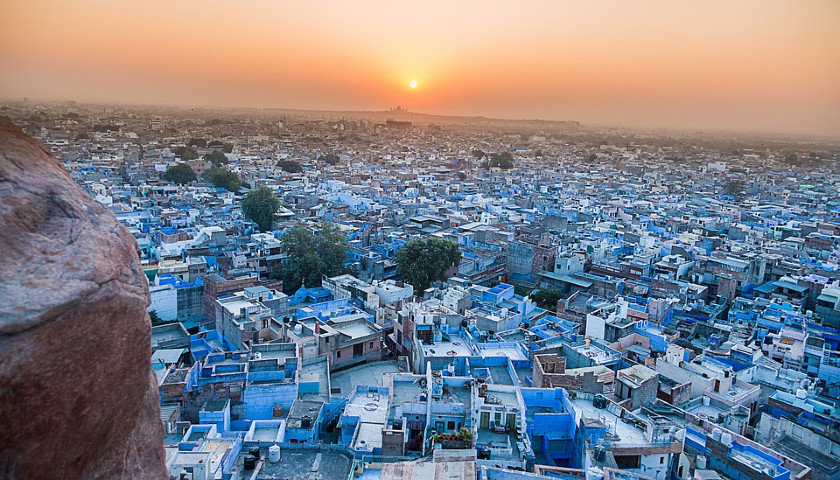
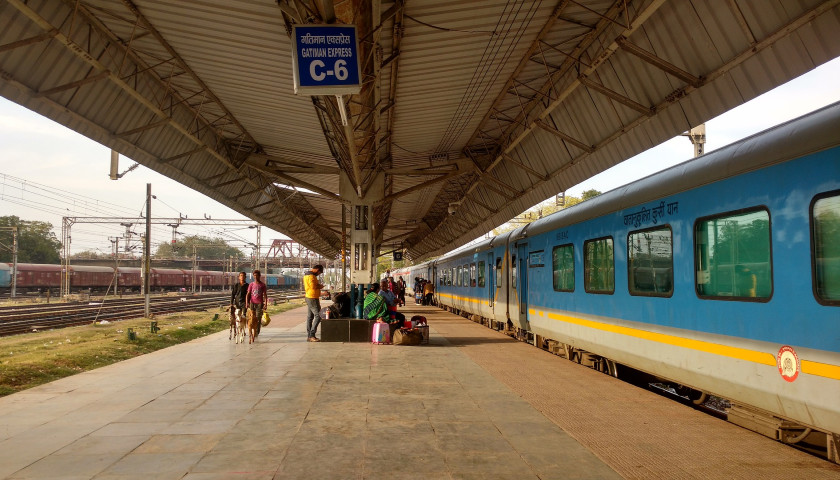

Leave a Comment :